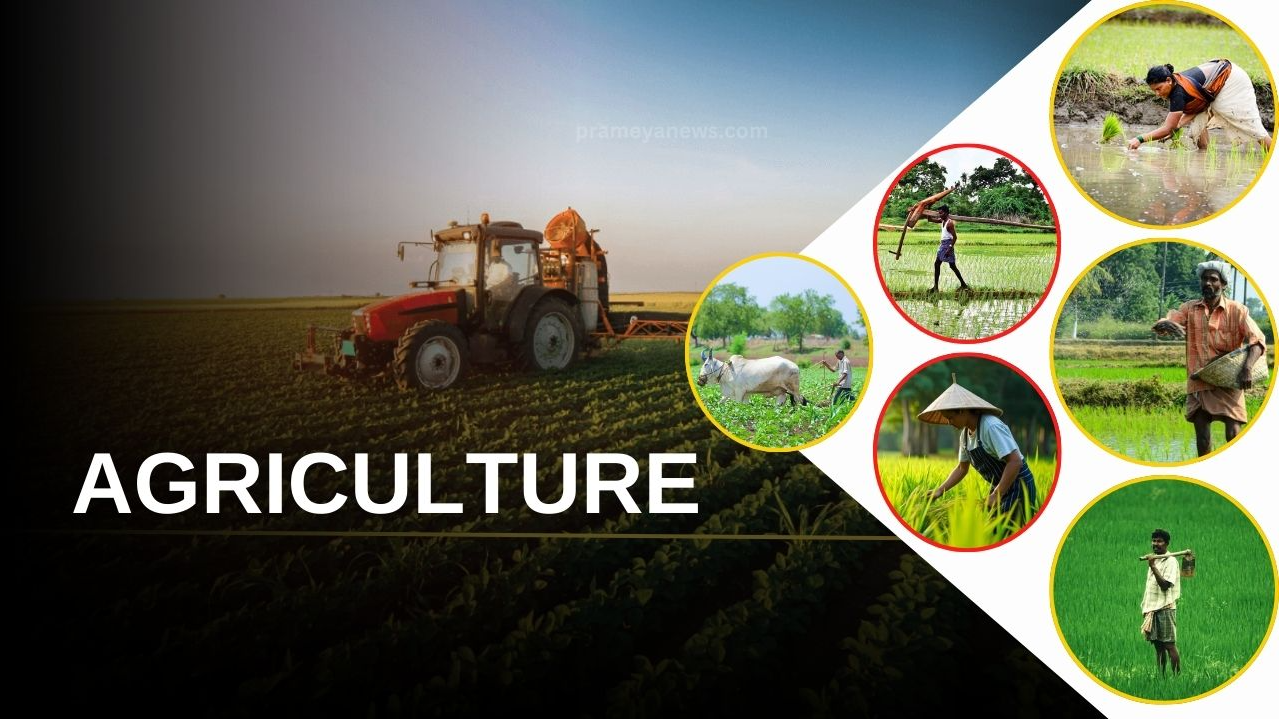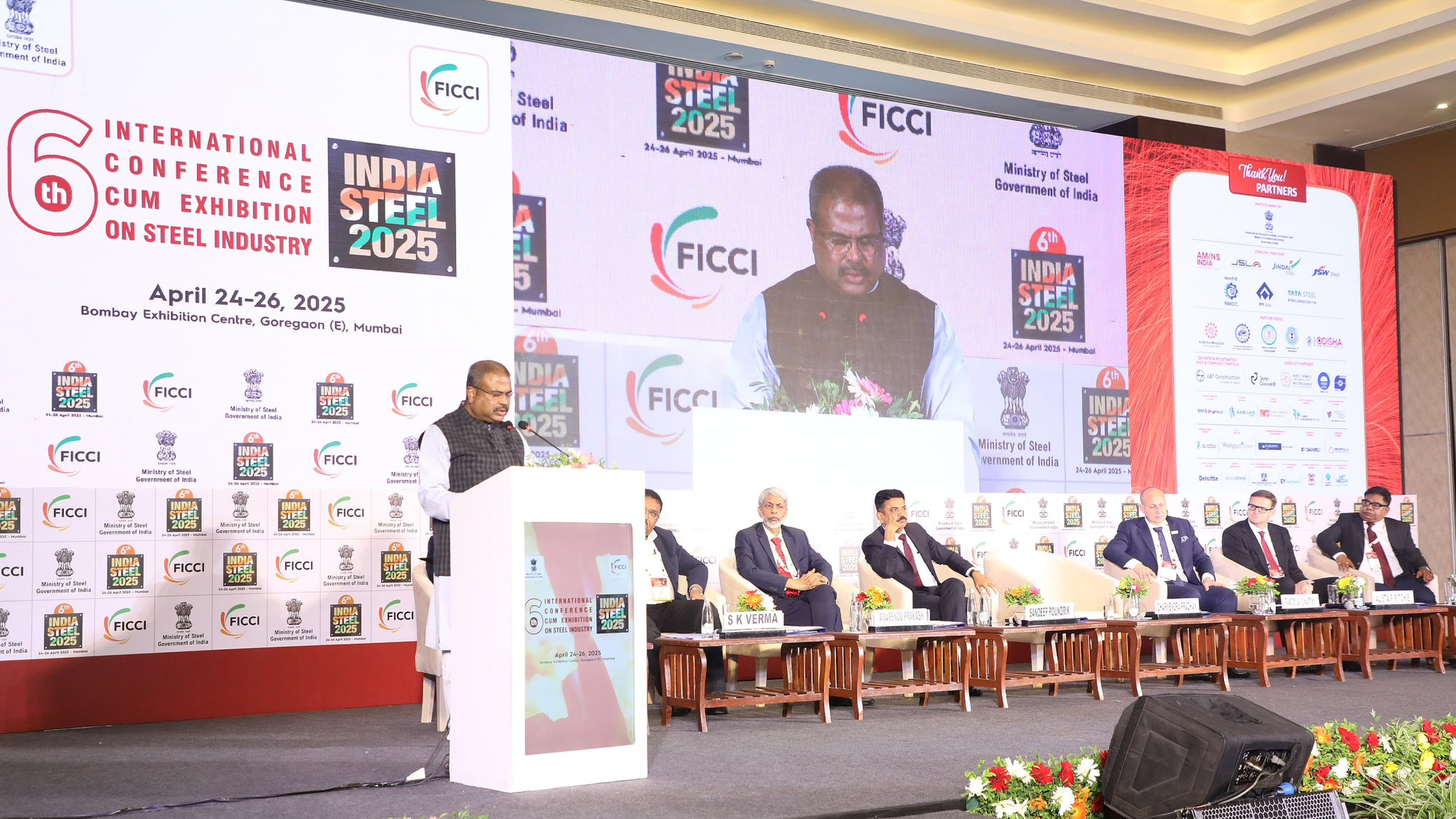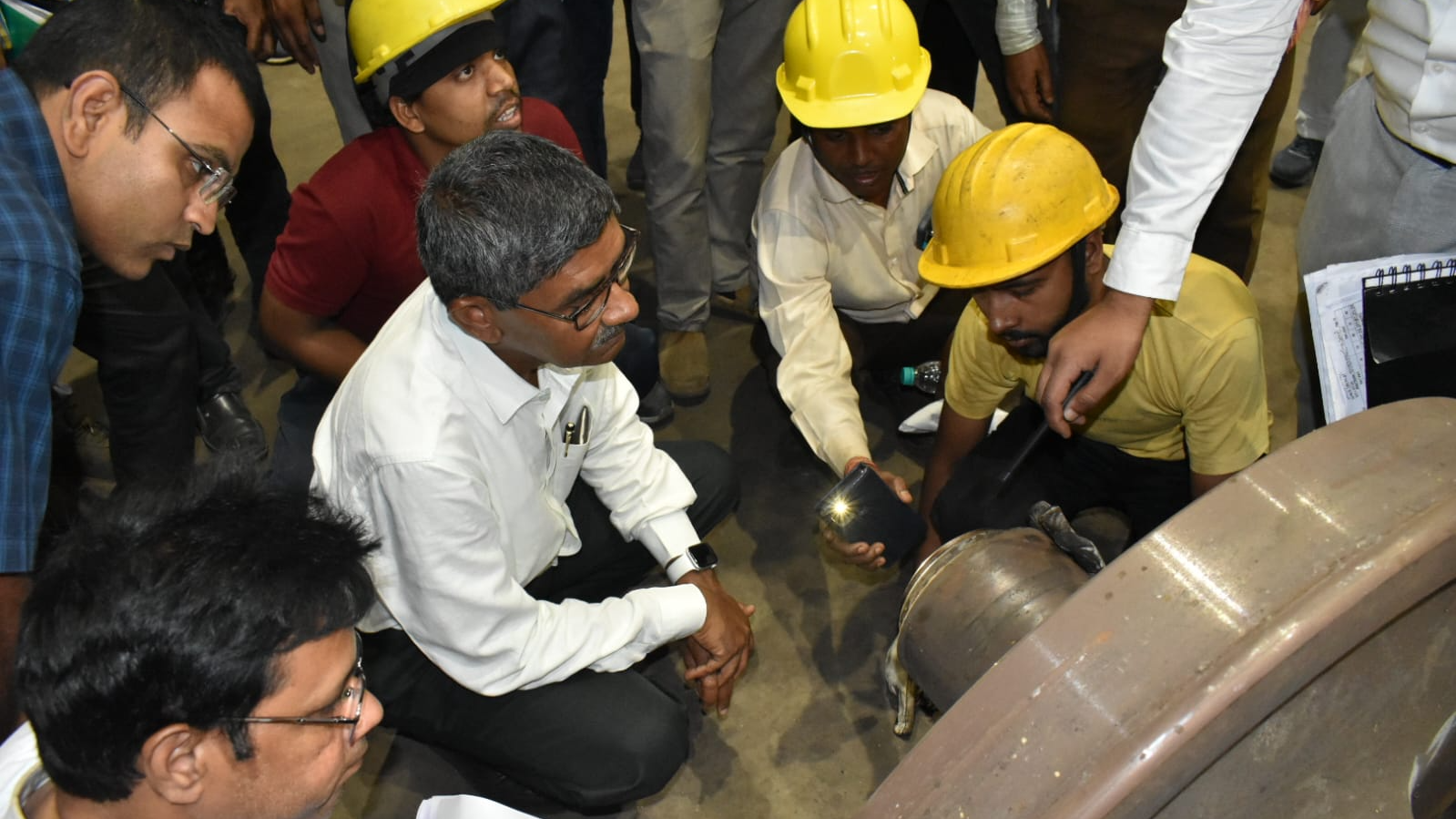India’s agricultural scene is buzzing with excitement as its produce—ranging from tropical fruits to heritage grains are finding their way to retail shelves and tables worldwide. Under Prime Minister Narendra Modi’s leadership, the country’s agricultural export is transforming rural economies and carving out a fresh identity in global markets. It’s a success story for empowering farmers, reviving regional specialties, and proving India’s agrarian roots which can thrive in a modern, unified world.
Pomegranates on way to Australia
In a landmark move, India recently shipped its first sea consignments of Sangola and Bhagwa pomegranates to Australia. Known for their sweetness and vibrant color, these fruits are opening new opportunities in a competitive market, signaling India’s ability to meet stringent international quality standards.
Figs Juicing it up in European Markets
Purandar, a region in Maharashtra famed for its figs, scored a win with its debut shipment of ready-to-drink fig juice to Poland in 2024. Following a 2022 launch in Germany, this geographically unique product—celebrated for its rich flavor—showcases how niche crops can be a healthy drink with stringent quality check in Europe.
Dragon Fruit
Dubbed ‘Kamalam’ locally, the dragon fruit’s 2021 debut in London and Bahrain marked a bold step into exotic produce. Sourced from Gujarat’s arid Kutch and West Bengal’s Midnapore, this fiber-rich fruit highlights India’s diverse agro-climatic strengths.
Pomegranates success in U.S. Market
In 2023, Maharashtra’s Bhagwa pomegranates made a splash with their first air-freighted trial to the U.S. With Solapur district leading national exports, this test run could pave the way for a sustained presence in lucrative Western markets.
Northeast’s Gems
Assam’s tangy ‘leteku’ (Burmese grapes) reached Dubai in 2021, while Nagaland’s fiery ‘Raja Mircha’ (king chili) landed in London the same year. These breakthroughs underscore efforts to integrate India’s northeastern states—long overlooked—into mainstream export channels. Tripura’s jackfruit shipment to Germany and Assam’s iron-rich ‘Bao-dhaan’ red rice to the U.S. further cement this trend.
Kerala’s Pineapples
In 2022, GI-tagged Vazhakulam pineapples from Kerala debuted in Dubai and Sharjah, offering farmers a gateway to higher earnings and global recognition.
Policy, Progress, and Challenges
Modi’s push for *Aatmanirbhar Bharat* (Self-Reliant India) has been a catalyst, emphasizing tech adoption, organic practices, and market access. Initiatives like the Agricultural Export Policy (2018) and cluster farming models have streamlined supply chains, while Geographical Indication (GI) tags protect regional specialties, adding premium value. By tapping into global demand for exotic and organic products, small-scale farmers are seeing improved incomes. For instance, Purandar fig growers now benefit from Europe’s appetite for health-focused beverages, while Assam’s red rice farmers gain access to niche organic markets. Perishables like fresh jackfruit and king chili require swift, cold-chain logistics—a hurdle India is overcoming through air corridors and partnerships. The success of air-shipped consignments reflects growing expertise in handling delicate exports.
India’s agri-export is reshaping rural livelihoods. By diversifying beyond traditional staples like rice and wheat, farmers mitigate risks and tap into high-value markets. For the economy, it’s a win: agriculture contributes 15% of GDP but employs nearly 50% of the workforce. Export growth here can drive disproportionate gains. Globally, India is emerging as a reliable supplier of diverse, quality produce. From Australia’s supermarkets to London’s gourmet stores, the message is clear: the world is hungry for what India grows.
For the Road
Whether it’s a pomegranate farmer in Maharashtra or a chili grower in Nagaland, the global market is no longer a distant dream. With strategic policies and grassroots empowerment, PMs vision of a self-reliant India is steadily bearing fruit. The road ahead demands sustained investment in infrastructure and fair trade practices, but the seeds of change have already been sown.

















































